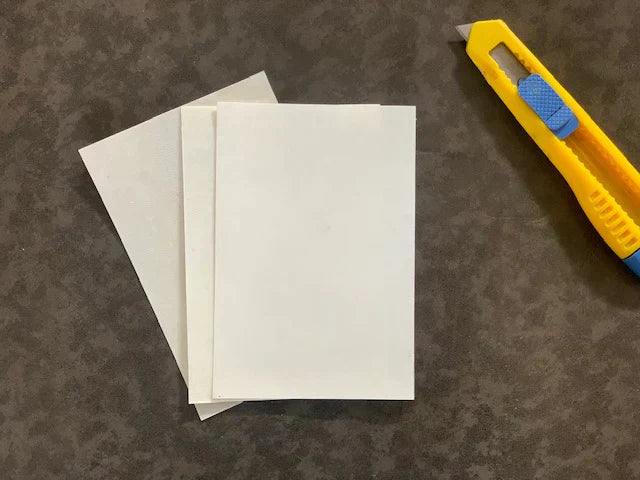What Is the Difference Between Vellum and Parchment?
When it comes to high-quality writing and artistic materials, the terms vellum and parchment are often used interchangeably. However, understanding the subtle differences between them is essential, especially if you are an artist, calligrapher, or bookbinder searching for the perfect medium. This guide will help you explore the distinctions between vellum and parchment, clarify common misconceptions like parchment vs vellum, and explain where you can find the best vellum parchment paper for sale.
What is Parchment Paper?
Traditionally, the phrase "parchment paper" refers to a substance created from animal skins, mainly those of sheep or goats, that have undergone particular stretching and treatment to produce a smooth surface suitable for writing or creating art. For millennia, it has been utilized in great art, legal documents, and manuscripts. When you hear the term parchment paper sheets, it typically points to this classic material.
In contrast, there is also modern parchment paper used in kitchens, which is a non-stick, heat-resistant paper – but this is entirely different from the historical vellum and parchment discussed here.
What is Vellum?
Vellum is a form of parchment manufactured from calfskin. It is usually smoother and finer than other parchment varieties. The word “vellum” comes from the Latin word “vitulinum,” meaning “made from calf.” This finer quality makes vellum highly prized for detailed artwork and calligraphy.
The Difference Between Parchment and Paper
Unlike everyday paper, which is made from plant fibers, parchment and vellum are created from animal skins, which gives them durability and a unique texture. This is a critical distinction because it affects how ink interacts with the surface and how the material ages over time.
Difference Between Parchment Paper and Vellum
A recurrent question is whether vellum is the same as parchment paper? The answer is no. While both are animal-skin products, vellum is a higher-grade, smoother variant of parchment. The difference lies in the type of skin used and the finishing process. This affects everything from texture to translucency and suitability for various artistic works.
Parchment vs Vellum vs Parchment Paper
To clarify the terms further, here’s a quick comparison:
Parchment: General term for animal-skin writing surface.
Vellum: Premium parchment made from calfskin.
Parchment Paper: Often refers to kitchen parchment, but can mean animal-skin parchment in an art context.
Vellum and Parchment Works: Uses and Benefits
Artists and calligraphers favor vellum parchment paper for its smooth surface, which holds ink well and resists bleeding. It is ideal for illuminated manuscripts, archival-quality documents, and detailed pen work. Meanwhile, parchment offers a more rustic feel, perfect for historic reproductions or craft projects.
Where to Buy Vellum Parchment Paper
If you’re wondering “vellum parchment paper where to buy,” it’s important to find a supplier specializing in authentic materials. Our shop offers a curated selection of genuine vellum and parchment papers suitable for various creative and professional uses.
FAQS
Q: Is vellum the same as parchment paper?
No, traditional vellum is made from calfskin, while parchment paper is a modern, cellulose-based product used primarily in baking.
Q: Can I use parchment paper for calligraphy?
Parchment paper works for practice, but professional calligraphy needs traditional vellum or high-quality paper. This is because they have better texture and ink absorption.
Q: Where can I buy traditional vellum or parchment?
Specialty art supply stores or online retailers offer traditional vellum and parchment. Ensure you're purchasing from reputable sources to guarantee authenticity.
Q: How do I store vellum documents?
Store them in a cool, dry place, away from direct sunlight. Use acid-free folders or boxes to prevent deterioration.
Q: Why is vellum preferred for important documents?
Vellum lasts a long time and resists aging. This makes it perfect for keeping important documents safe for years.
Q: Can parchment paper be recycled?
It depends on the type. Some parchment papers are compostable, while others, especially those treated with silicone, may not be recyclable.
Q: Is modern vellum environmentally friendly?
Modern vellum made from cellulose or cotton is more sustainable than traditional animal-derived vellum.
